Healthcare UX Strategy
Healthcare UX Strategy
Healthcare UX Strategy
Healthcare UX Strategy
Healthcare UX Strategy
Ethnographic Research & Synthesis, Concept Development, Multi-channel Digital Strategy
Ethnographic Research & Synthesis, Concept Development, Multi-channel Digital Strategy
Ethnographic Research & Synthesis, Concept Development, Multi-channel Digital Strategy
When one of the top-ranked research hospitals in America asked frog to help them define a new multi-channel strategy to increase complex patient conversion, my team and I took the opportunity to use an emotionally-aware, user-centered process to understand and imagine how to improve the patient journey. I led a team of designers and strategists to envision a holistic, digital user experience across web, mobile, and social that supports the needs of potential patients with complex medical conditions and their caregivers who are seeking better care.
When one of the top-ranked research hospitals in America asked frog to help them define a new multi-channel strategy to increase complex patient conversion, my team and I took the opportunity to use an emotionally-aware, user-centered process to understand and imagine how to improve the patient journey. I led a team of designers and strategists to envision a holistic, digital user experience across web, mobile, and social that supports the needs of potential patients with complex medical conditions and their caregivers who are seeking better care.
When one of the top-ranked research hospitals in America asked frog to help them define a new multi-channel strategy to increase complex patient conversion, my team and I took the opportunity to use an emotionally-aware, user-centered process to understand and imagine how to improve the patient journey. I led a team of designers and strategists to envision a holistic, digital user experience across web, mobile, and social that supports the needs of potential patients with complex medical conditions and their caregivers who are seeking better care.
When one of the top-ranked research hospitals in America asked frog to help them define a new multi-channel strategy to increase complex patient conversion, my team and I took the opportunity to use an emotionally-aware, user-centered process to understand and imagine how to improve the patient journey. I led a team of designers and strategists to envision a holistic, digital user experience across web, mobile, and social that supports the needs of potential patients with complex medical conditions and their caregivers who are seeking better care.
When one of the top-ranked research hospitals in America asked frog to help them define a new multi-channel strategy to increase complex patient conversion, my team and I took the opportunity to use an emotionally-aware, user-centered process to understand and imagine how to improve the patient journey. I led a team of designers and strategists to envision a holistic, digital user experience across web, mobile, and social that supports the needs of potential patients with complex medical conditions and their caregivers who are seeking better care.
Year: 2018 Agency: frog Client: Top-Ranked Clinic (Actual Client Top Secret)
Year: 2018 Agency: frog Client: Top-Ranked Clinic (Actual Client Top Secret)
Year: 2018 Agency: frog Client: Top-Ranked Clinic

Understanding our Client
Understanding our Client and our Users
Understanding our Client and our Users
Understanding our Client and our Users
We began the project with a multi-day on-site workshop with the executives, doctors, and administrators from throughout the clinic organization. Through a series of collaborative activities, we learned about the strategic goals of the clinic and we aligned on what success would look like for our partnership. We co-generated a set of patient personas and journey maps to ground our stakeholders in a patient-centric mindset. And we spent a couple of days interviewing key clinic stakeholders and touring the clinic to better understand the problems they deal with on a daily basis and how they see the opportunity to improve the care seeker journey.
We began the project with a multi-day on-site workshop with the founders of Guardhat. Through a series of collaborative activities, we learned about the strategic business goals of the young company and we aligned on what success would look like for our partnership. We also co-generated a set of hero user flows that established a strong foundation for the software experience. And we spent a couple days visiting some local manufacturing plants to observe and interview safety managers to better understand the problems they deal with on a daily basis.
We began the project with a multi-day on-site workshop with the founders of Guardhat. Through a series of collaborative activities, we learned about the strategic business goals of the young company and we aligned on what success would look like for our partnership. We also co-generated a set of hero user flows that established a strong foundation for the software experience. And we spent a couple days visiting some local manufacturing plants to observe and interview safety managers to better understand the problems they deal with on a daily basis.
We began the project with a multi-day on-site workshop with the founders of Guardhat. Through a series of collaborative activities, we learned about the strategic business goals of the young company and we aligned on what success would look like for our partnership. We also co-generated a set of hero user flows that established a strong foundation for the software experience. And we spent a couple days visiting some local manufacturing plants to observe and interview safety managers to better understand the problems they deal with on a daily basis.


Ethnographic Research with Patients
Ethnographic Research with Patients
We conducted 23 interviews with patients with complex conditions and their caregivers from all over America to understand how they use digital tools to manage their care and what their needs and motivations are in seeking alternative care. We created a custom set of research stimuli to facilitate the in-home sessions which included semi-structured interviews, interactive journey mapping, and a card sort. The insights, opportunity areas, and concepts developed from this research formed the basis for the UX strategy.
We conducted 23 interviews with patients with complex conditions and their caregivers from all over America to understand how they use digital tools to manage their care and what their needs and motivations are in seeking alternative care. We created a custom set of research stimuli to facilitate the in-home sessions which included semi-structured interviews, interactive journey mapping, and a card sort. The insights, opportunity areas, and concepts developed from this research formed the basis for the UX strategy.
Mining for Insights
Ethnographic Research with Patients
Both while in the field and back at the office, our team rigorously synthesized the research data, mining for insights into how patients think, feel, and behave.
We conducted 23 interviews with patients with complex conditions and their caregivers from all over America to understand how they use digital tools to manage their care and what their needs and motivations are in seeking alternative care. We created a custom set of research stimuli to facilitate the in-home sessions which included semi-structured interviews, interactive journey mapping, and a card sort. The insights, opportunity areas, and concepts developed from this research formed the basis for the UX strategy.

The Research Report
Ethnographic Research with Patients
At the end of the research phase, we created a rich research report containing Behavioral Archetypes, Patient Journey Maps, Key Insights, Opportunity Areas, Experience Principles, and Concept Seeds. We presented the report in an interactive all-day workshop with about 50 clinic stakeholders and leaders from throughout the organization. Their buy-in and collaboration were essential to driving this work forward.
We conducted 23 interviews with patients with complex conditions and their caregivers from all over America to understand how they use digital tools to manage their care and what their needs and motivations are in seeking alternative care. We created a custom set of research stimuli to facilitate the in-home sessions which included semi-structured interviews, interactive journey mapping, and a card sort. The insights, opportunity areas, and concepts developed from this research formed the basis for the UX strategy.






Experience Concepts
Ethnographic Research with Patients
In the final four weeks of the project, we synthesized and expanded upon the hundreds of concepts generated in the client workshop, resulting in a final set of 14 Experience Concepts that we recommended the client pursue. They covered all three digital channels - web, mobile, and social, and addressed the emotional and functional needs of the prioritized Behavioral Archetypes.
We conducted 23 interviews with patients with complex conditions and their caregivers from all over America to understand how they use digital tools to manage their care and what their needs and motivations are in seeking alternative care. We created a custom set of research stimuli to facilitate the in-home sessions which included semi-structured interviews, interactive journey mapping, and a card sort. The insights, opportunity areas, and concepts developed from this research formed the basis for the UX strategy.

Our Impact
Ethnographic Research with Patients
For each of the concepts we proposed, we created an implementation roadmap with near-term, mid-term, and long-term development strategies so the client would know how to get started building the concepts right away. We also built them a production-ready Design Language System they could apply as they built out each product. And finally, we conducted yet another workshop to help the client prioritize which concepts to start building first, leveraging a framework that mapped each concept to development feasibility and user value scales.
We conducted 23 interviews with patients with complex conditions and their caregivers from all over America to understand how they use digital tools to manage their care and what their needs and motivations are in seeking alternative care. We created a custom set of research stimuli to facilitate the in-home sessions which included semi-structured interviews, interactive journey mapping, and a card sort. The insights, opportunity areas, and concepts developed from this research formed the basis for the UX strategy.

“frog quality is the new standard for us here.”
- Key Client Stakeholder, SVP Digital Strategy
--
“Most consultants want to reinvent the wheel. You didn’t — in such a great way. We’re using you as an example all the time now.”
- Key Client Stakeholder, Division Chair, Brand Strategy and Creative Studio
“frog quality is the new standard for us here.”
- Key Client Stakeholder, SVP Digital Strategy
--
“Most consultants want to reinvent the wheel. You didn’t — in such a great way. We’re using you as an example all the time now.”
- Key Client Stakeholder, Division Chair, Brand Strategy and Creative Studio
“frog quality is the new standard for us here.”
- Key Client Stakeholder, SVP Digital Strategy
--
“Most consultants want to reinvent the wheel. You didn’t — in such a great way. We’re using you as an example all the time now.”
- Key Client Stakeholder, Division Chair, Brand Strategy and Creative Studio
“frog quality is the new standard for us here.”
- Key Client Stakeholder, SVP Digital Strategy
--
“Most consultants want to reinvent the wheel. You didn’t — in such a great way. We’re using you as an example all the time now.”
- Key Client Stakeholder, Division Chair, Brand Strategy and Creative Studio
TEAM
Myself: Design Lead
Maggie Glaize: Project Manager
Alec Momont: Interaction Designer
Iris Chung: Visual Designer
Agnes Pyrchla: Strategist
Karl Carstensen: Technology Strategist
TEAM
Myself: Design Lead
Maggie Glaize: Project Manager
Alec Momont: Interaction Designer
Iris Chung: Visual Designer
Agnes Pyrchla: Strategist
Karl Carstensen: Technology Strategist
TEAM
Myself: Design Lead
Maggie Glaize: Project Manager
Alec Momont: Interaction Designer
Iris Chung: Visual Designer
Agnes Pyrchla: Strategist
Karl Carstensen: Technology Strategist
TEAM
Myself: Design Lead
Maggie Glaize: Project Manager
Alec Momont: Interaction Designer
Iris Chung: Visual Designer
Agnes Pyrchla: Strategist
Karl Carstensen: Technology Strategist
TEAM
Myself: Design Lead
Maggie Glaize: Project Manager
Alec Momont: Interaction Designer
Iris Chung: Visual Designer
Agnes Pyrchla: Strategist
Karl Carstensen: Technology Strategist
More Projects

Healthcare UX StrategyUX Strategy, User Research, Concept Development
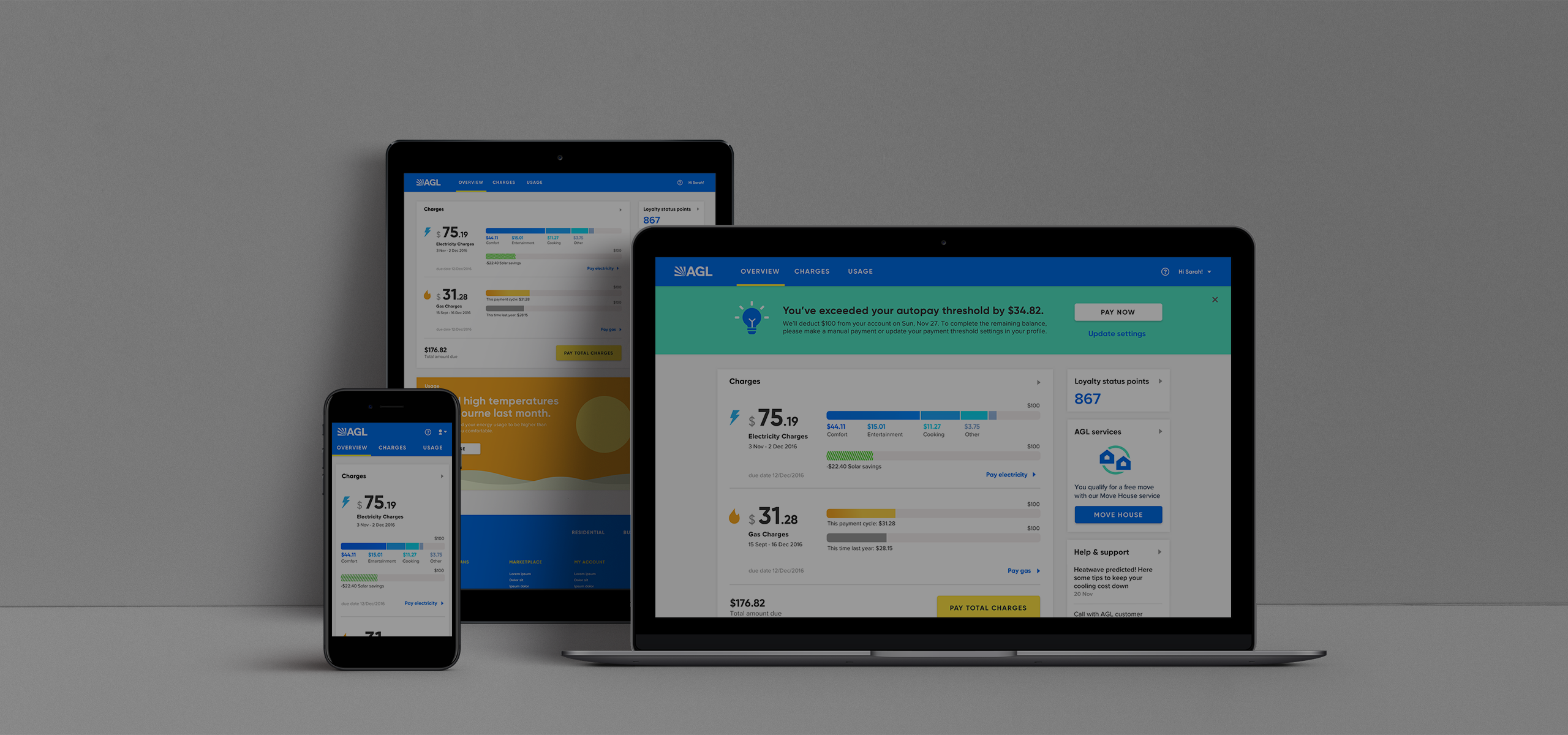
AGL Digital TransformationResponsive Website, Design Language System, Strategic Roadmap
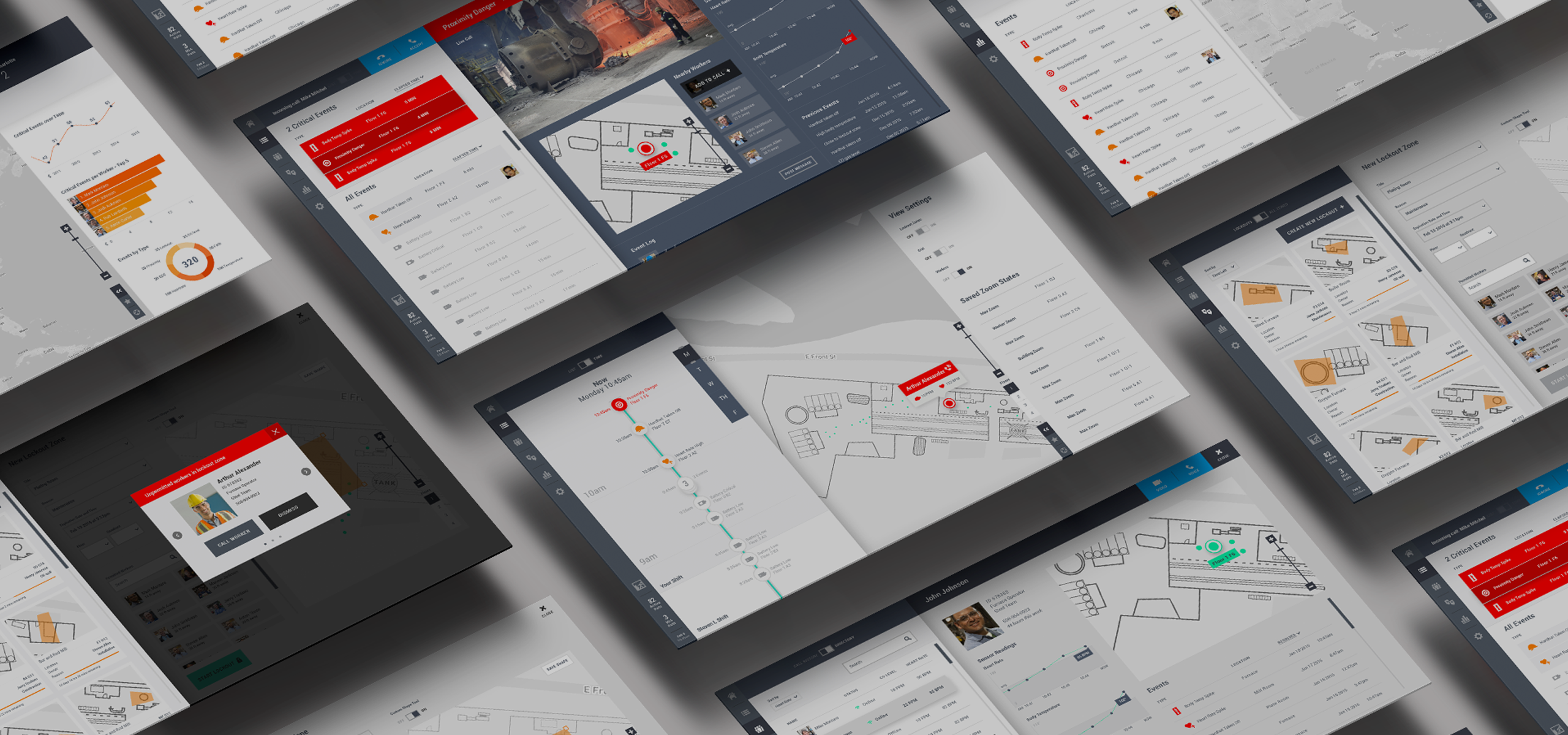
Guardhat Safety EcosystemDigital Experience Design
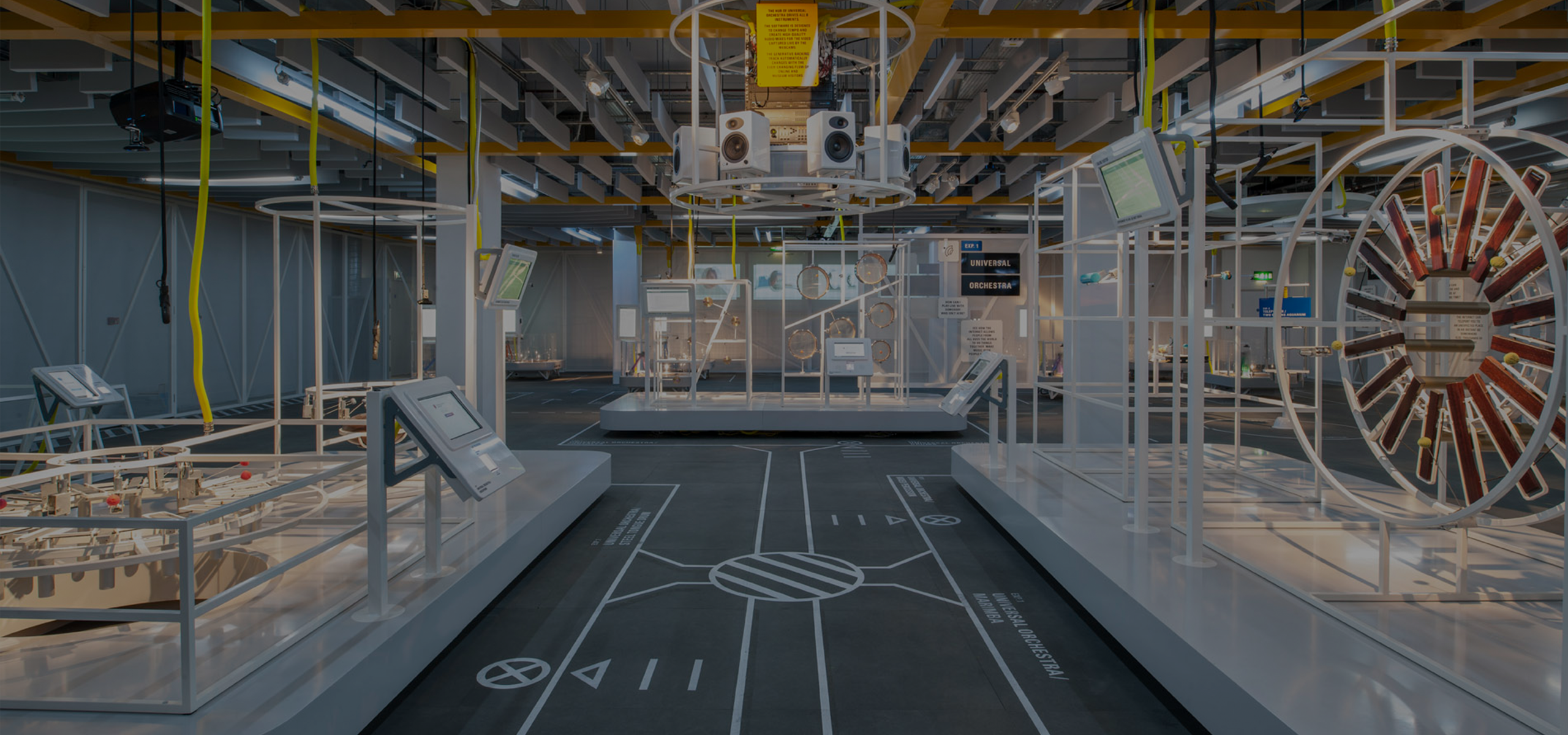
Google Web LabInteractive Museum Exhibit, Web Experience
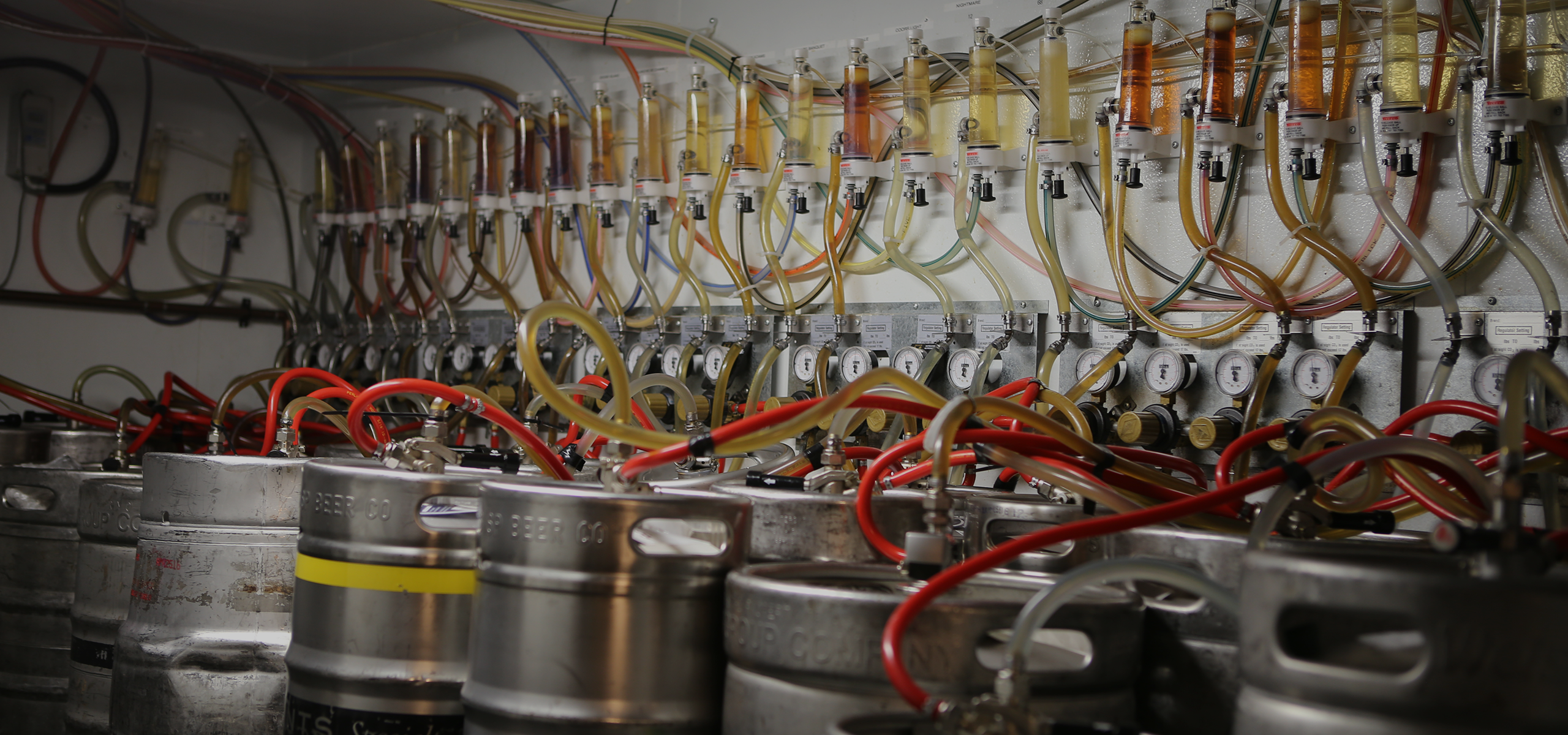
Big Beer Experience DesignEthnographic Research & Synthesis, Concept Development, Go-to-Market Strategy
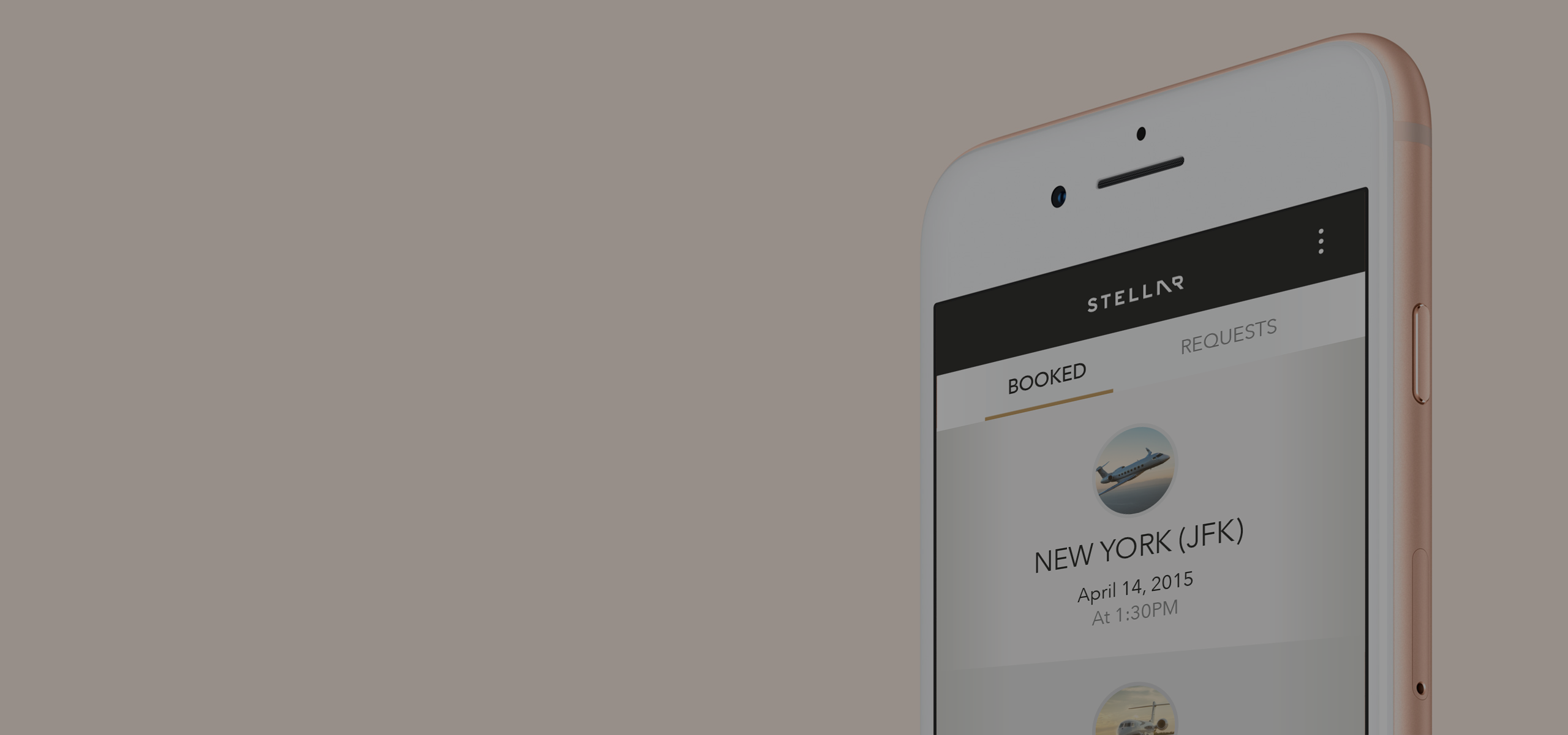
StellarMobile App, Enterprise Desktop App, Customer Website

The Great MapPhysical / Digital Museum Experience
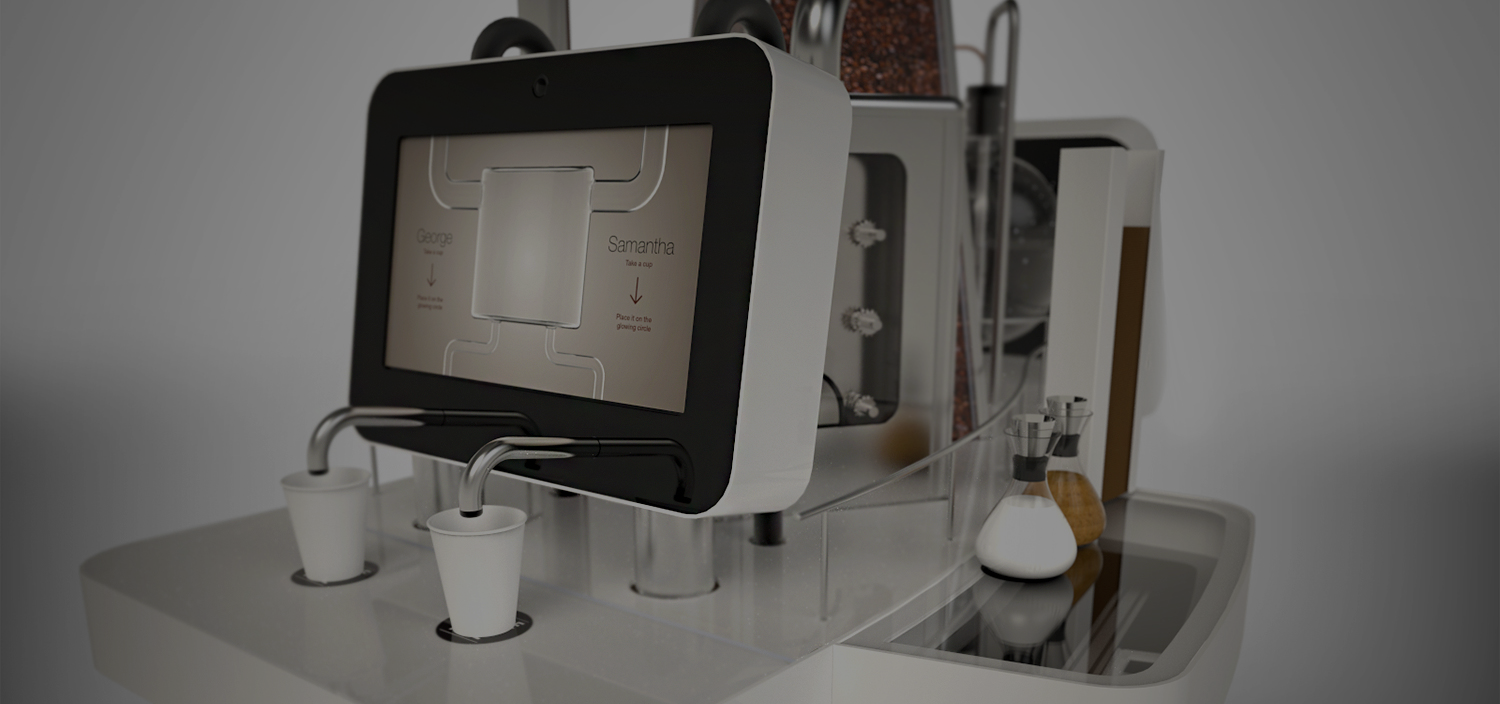
The Coffee ConnectorInteractive Physical / Digital Installation



